Huawei’s P40 Pro is the company’s latest high-end smartphone, and features the recent Kirin 990 5G chipset, a 6.58-inch Full-HD+ OLED display with rounded edges, and a quad-camera on the rear. For selfie shooters, the new model offers a dual-camera setup on the front, with the main camera using a 32MP 1/2.74-inch sensor and a 26mm-equivalent lens with f/2.2 aperture. Further, it uses information captured by a secondary infrared (IR) camera for depth sensing in bokeh mode and to support the autofocus. Read our full review to find out how the Huawei P40 Pro fared in our DXOMARK Selfie tests.
Key front camera specifications:
- Dual front camera
- 32MP 1/2.74-inch sensor with 0.8µm pixels
- 26mm-equivalent f/2.2-aperture autofocus lens
- IR 3D sensor for depth estimation and autofocus
- 4K 2160/30fps video
Please note: The Huawei P40 Pro was tested with Face Beautification set to off. The camera firmware used for the DXOMARK tests is not yet currently available to consumers; Huawei will make it available as an update in the near future. Please also note that because of COVID-19 restrictions in France, we were limited in shooting a more thorough series of outdoor photographs that normally would be included in the review.
About DXOMARK Selfie tests: For scoring and analysis in our smartphone front camera reviews, DXOMARK engineers capture and evaluate over 1500 test images and more than 2 hours of video both in controlled lab environments and in natural indoor and outdoor scenes, using the camera’s default settings. This article is designed to highlight the most important results of our testing. For more information about the DXOMARK Selfie test protocol, click here.
Test summary


With an overall score of 103 points, the Huawei P40 Pro is the new number one device in our DXOMARK Selfie score database, just edging out its stablemate, the Huawei nova 6 5G, for the top spot. Better results in almost all test categories mean that the P40 Pro achieves new top scores of 108 for Photo and 95 for Video.
Key strengths for still photo selfies include exposure, color, noise, flash, and bokeh, with the P40 Pro slightly improving on the results of previous top devices in all of these categories. Bokeh shots are particularly impressive, thanks to the P40 Pro’s dedicated IR sensor providing good depth estimation and accurate masking around the subject when blurring the background.
The device’s main area for improvement is in the Focus category, with some minor autofocus instabilities dropping the P40 Pro behind the best performers. Although faces are usually sharp in selfies shot at close and medium distances, a loss of detail is evident when shooting images at long range using a selfie stick.
Posting a new top score for front camera video makes the P40 Pro a solid all-rounder for selfie enthusiasts. In both indoor and outdoor conditions, videographers will have few complaints, thanks to the excellent exposures and pleasant colors, as well as accurate autofocus and effective stabilization. It’s not quite as good in low light, and detail is a little lower compared to the best 4K front cameras we’ve tested, but those minor quibbles aside, the P40 Pro remains the best device overall for front camera video that we’ve tested to date.
Photo scores explained
With 108 points, the Huawei P40 Pro achieves the highest Photo score in our database. We calculate the Photo score from results and analyses of tests that examine different aspects of a device’s still-image performance under different lighting conditions. In this section, we’ll take a closer look at these image quality sub-scores, analyzing some aspects of the Huawei P40 Pro versus its key competition.

Exposure and Contrast
Huawei P40 Pro
86
91
Our top-scoring device for exposure, the P40 Pro ensures excellent overall exposure in all lighting conditions, including accurate target exposures on faces and high levels of contrast that ensure punchy pictures. Tested in the lab, exposure measurements were excellent under all light sources between 1 and 1000 lux, so you can be assured of nicely exposed portraits even in extremely dark conditions.
Wide dynamic range ensures pleasant results when shooting selfies in high-contrast or backlit conditions. Although some clipping is occasionally visible in faces, highlights are generally well controlled and blacks aren’t crushed.

Color
Huawei P40 Pro
98
105
An excellent result for color rendering on the P40 Pro, which is capable of vivid and nicely saturated color while maintaining accurate skin tones. A slight pink color cast is occasionally visible in outdoor images shot under cloudy conditions, but it’s not offensive, and portraits continue to look pleasant. You can see how well the P40 Pro renders highly-saturated colors and keeps skin tones faithful in the challenging shot with the strong orange background below, especially compared to the underexposure of the nova 6 5G and the greenish tones of the Note 10+ 5G.
The P40 Pro renders darker skin tones accurately, and white balance continues to be neutral in indoor pictures shot under artificial lighting. Color shading is also well controlled in outdoor and indoor images, and although it’s slightly more prevalent in low-light shots, it’s not overly concerning.

Focus
Huawei P40 Pro
77
97
Focus is the main area for future improvement on the P40 Pro, with its score slightly lagging behind the top performers. The autofocus lens is capable of delivering in-focus shots at all subject distances when evaluated in the lab, but our experts noted some issues during perceptual analysis of natural scenes.
Shooting a single-person selfie at short (30cm) and medium (55cm) distances, focus is good, and although results are acceptable at long (120cm) distances, too, fine facial details are lost. Autofocus performance is stable in well-balanced lighting conditions, but our testers did observe some focus instabilities over consecutive shots in more challenging indoor and backlit conditions.
In group selfies, depth of field varies depending on which face the lens focuses on. In some examples, the focus locked onto the second face in a group, and although this helped improve the overall depth of field, detail is low on the first face, which ends up in front of the focus plane. When the device focuses on the front face, depth of field is more limited due to the closer focusing distance, so detail is lost in faces towards the back of the group.
Although the P40 Pro isn’t quite a top performer for texture, with the Google Pixel 3 still out in front, the Huawei device performed very well in lab measurements against much of the key competition. It recorded good acutance scores of around 80% for tripod shots in lighting conditions between 20 and 1000 lux, and although detail tails off a little in very low light at just under 60% at 1 lux, it remains better than the key competition.
You can also expect a good level of texture in handheld selfies shot outdoors and indoors. In the example below, detail is slightly better on the P40 Pro compared to the Note 10+ 5G, with more natural texture rendering compared to the ZenFone 6. In low light, fine facial details are lost, but the P40 Pro’s shots remain acceptable, with results broadly on par with the Samsung and Asus competition.
The P40 Pro is the top performer for noise reduction, however, with extremely smooth results in all lighting conditions. In our lab measurements, you can see that noise is very well controlled even in near-dark conditions of just 1 lux, where the P40 Pro is noticeably better than the nova 6 5G and the Note 10+ 5G. Although results are closer in light conditions between 5 and 1000 lux, with all of these comparison devices keeping noise well under control, the P40 Pro remains just that little bit better.
Image artifacts are very well controlled on the P40 Pro and don’t negatively impact overall image quality too much. The main penalty we applied was for color quantization, which is often visible on faces shot under artificial light sources indoors. We also observed flare and halos in backlit images, as well as a hue shift on faces shot under very bright light sources in some images, but these issues aren’t overly problematic. More noticeable is a fusion artifact that sometimes occurs in outdoor images, which could be a result of the HDR processing and frame stacking.
The Huawei screen-flash solution is very effective on the P40 Pro, making it the top performer in this category. Mixing flash with a 5 lux tungsten light source to simulate dark indoor lighting conditions, exposure on portraits towards the center of the frame is good, and although corner shading is slightly more prevalent compared to the ZenFone 6 and the Note 10+ 5G, the results remain acceptable. Some exposure instabilities do occur in these conditions, so it’s worth snapping a couple of portraits using flash to pick out the best; and minor color shading is also evident, but the P40 Pro’s flash shots are very good overall.

Portrait mode is another strength for Huawei’s latest device, with very good overall image quality in bokeh shots. Minor edge artifacts are sometimes visible, but depth estimation is generally very well controlled in all lighting conditions. The blur effect isn’t as strong as on such devices as the Note 10+ 5G, which does look quite striking, but depth estimation errors are more obvious on the Samsung device. In contrast, the P40 Pro applies a slightly more realistic blur gradient effect, with a strong bokeh effect in the far distance compared to elements just behind the subject.
Video scores explained
The Huawei P40 Pro front camera achieves a Video score of 95 points, improving over the nova 6 5G and the Note 10+ 5G by two points and thus taking the top spot in our Selfie Video ranking. Its Video sub-scores are as follows: Exposure (76), Color (86), Focus (79), Texture (72), Noise (81), Artifacts (90), and Stabilization (79).
Its excellent performance in 4K video mode results in better scores in almost all video sub-categories; only in very low light does it display any obvious weaknesses. Exposure on faces is accurate in videos captured in most conditions, and dynamic range is reasonably wide when recording in high-contrast conditions. Video color rendering is particularly pleasant in outdoor and indoor videos, and neutral white balance ensures that any unsightly color casts are generally avoided. Things aren’t quite as impressive in low-light conditions, where a strong loss of detail is evident and skin tones are slightly unnatural, but if you can seek out some brighter lighting when making Skype calls or when recording your vlogs, you won’t have too many complaints.
The P40 Pro delivers well-preserved details in both indoor and outdoor videos, but generally speaking, it’s not quite as good as the key 4K competition. In our lab measurements, the P40 Pro recorded very good overall texture scores of 70% acutance under indoor conditions (100 lux), rising to 80% in very bright light (1000 lux). That’s not too shabby at all, but it’s some ways off the pace compared to the excellent nova 6 5G, Note 10+ 5G, and ZenFone 6, all of which hover at around 90% acutance. Detail in the P40 Pro’s videos drops off fairly quickly in low light, too, down to just 10% acutance at 1 lux, which is something to bear in mind if you tend to shoot front camera videos in very poor lighting.
The P40 Pro controls noise pretty well in most lighting conditions, too, so there’s no distracting speckling in indoor or outdoor videos. Temporal noise does become significantly more prevalent in extreme low light, though, so again, best to avoid these conditions if possible. This said, the P40 Pro isn’t significantly worse than its key competitors in this regard.
Some ghosting and flare are visible in front camera videos shot in bright backlit conditions, which can be slightly distracting but not overly problematic. Autofocus is reasonably stable when capturing videos, so focus remains locked onto the face, with no unnecessary hunting or random switching to the background. The P40 Pro’s stabilization system is also very effective both for handheld static videos as well as for panning or walking actions, minimizing unwanted judder or jello effects for a relatively smooth playback experience.
Conclusion
Huawei has once again raised the bar for smartphone image quality, with the new P40 Pro taking the top spot for front camera performance in our database. Its reconfigured dual front camera setup, with a high-resolution 32MP primary module and dedicated IR sensor for improved bokeh and autofocus performance, delivers excellent results overall and posts new top scores in virtually all of our test categories.
Shooting stills, it is an outstanding performer in all lighting conditions, with accurate exposure and color on faces, wide dynamic range in backlit and high-contrast shots, well-controlled noise, and some of the best bokeh shots we’ve seen to date. Some slight autofocus instabilities when using a selfie stick and in group selfies are the only real drawbacks, but otherwise the P40 Pro is unrivaled in its image quality.
The same goes for video, with Huawei’s latest front-facing camera delivering class-leading results in both outdoor and indoor conditions. Low-light video performance isn’t quite as impressive, with a strong loss of detail, noticeable noise, and slightly unnatural skin tones, but if you can record video in decent light, you won’t be disappointed.
Photo
Pros
- Accurate exposure on faces and wide dynamic range
- Generally accurate white balance and pleasant skin tone rendering
- High detail in outdoor and indoor shots
- Well-controlled noise
- Good depth estimation and natural blur gradient in bokeh shots
- Accurate white balance and low noise when using flash
Cons
- Slight autofocus instabilities indoors and in low light
- First face out of focus in group selfies
- Highlight clipping sometimes visible
- Color quantization visible in low light
- Fusion artifacts sometimes visible in high dynamic scenes
Video
Pros
- Well-controlled noise
- Accurate exposure on faces
- Good color with neutral white balance outdoors and indoors
- Well-preserved detail outdoors and indoors
- Effective stabilization in handheld static and panning videos
Cons
- Strong loss of detail in low light
- Skin tones slightly unnatural in low light
- Ghosting and flare visible


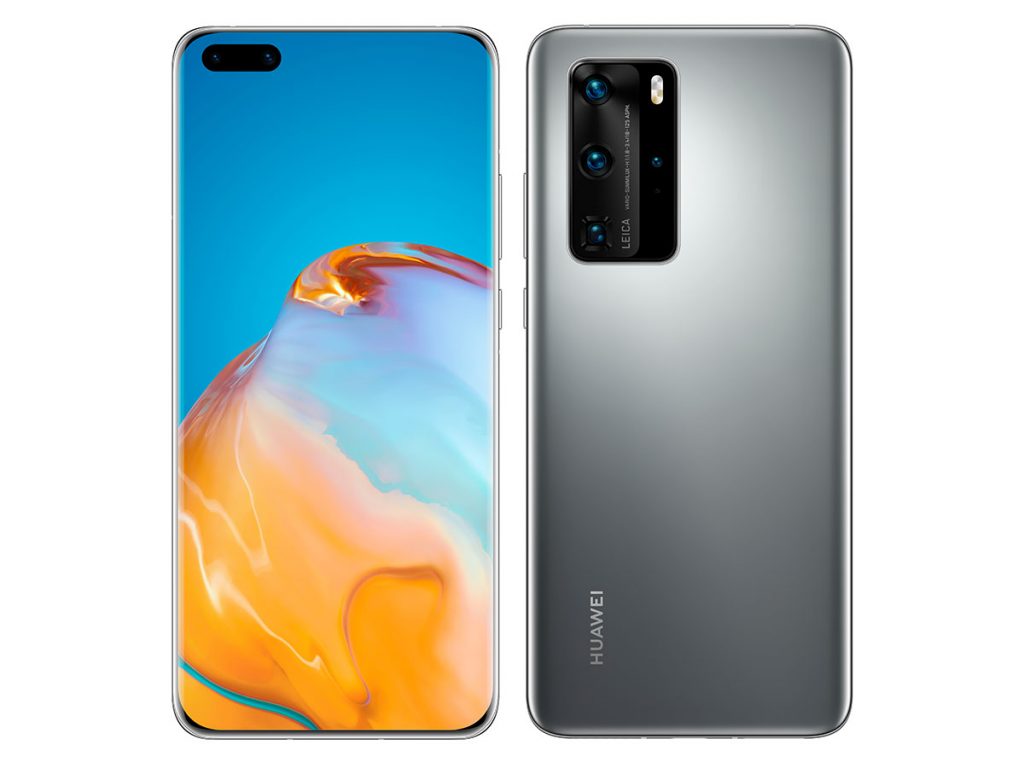
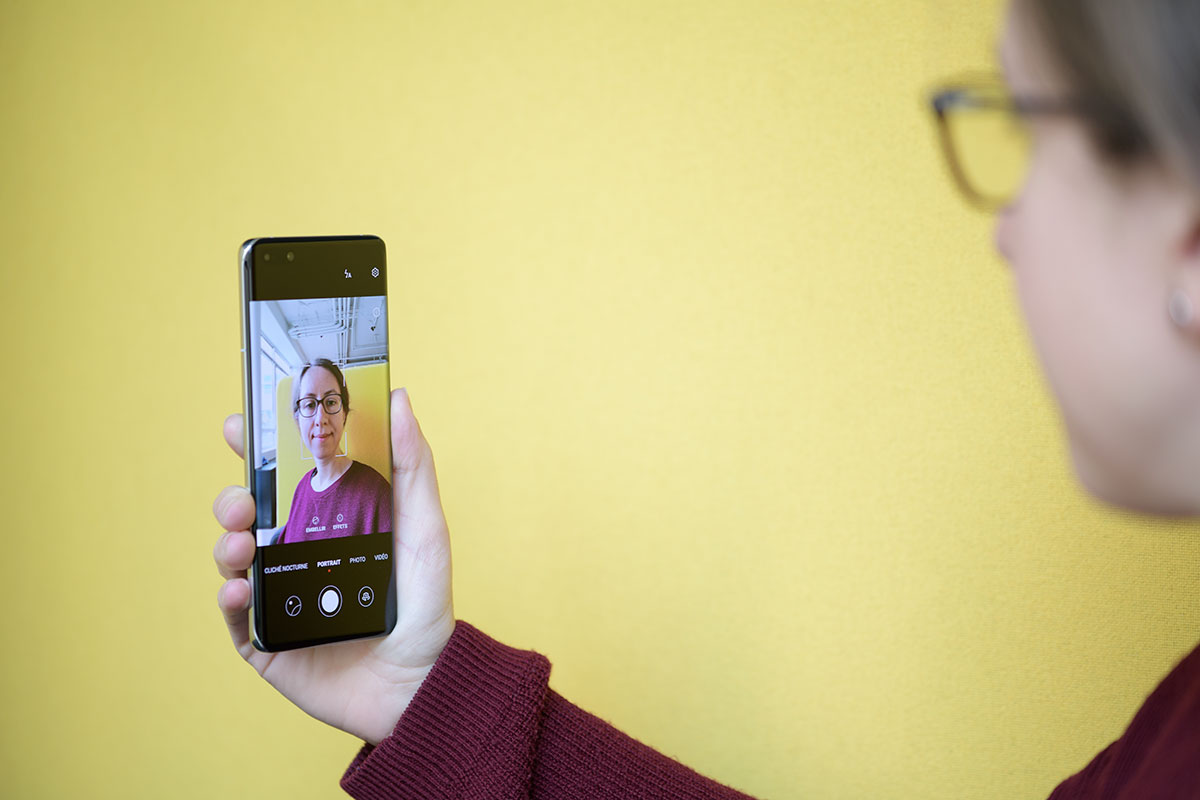
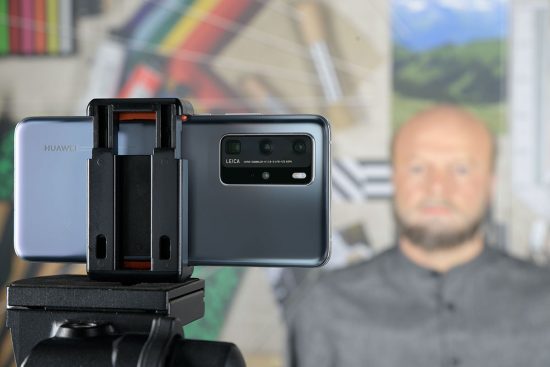











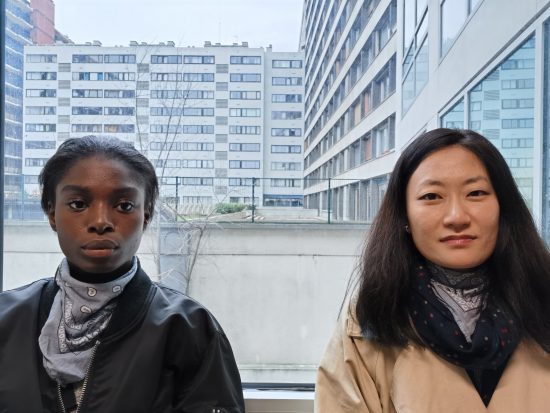
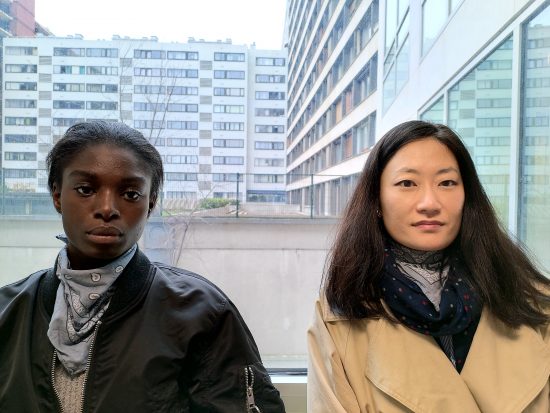
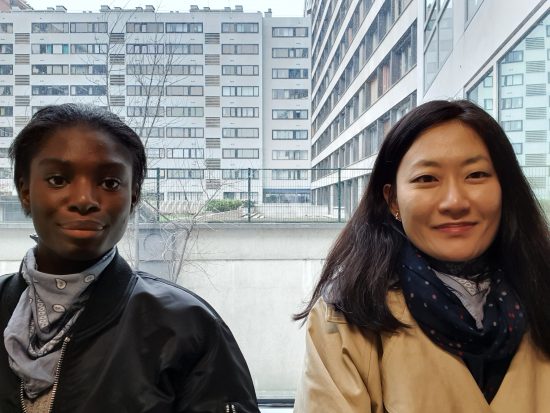
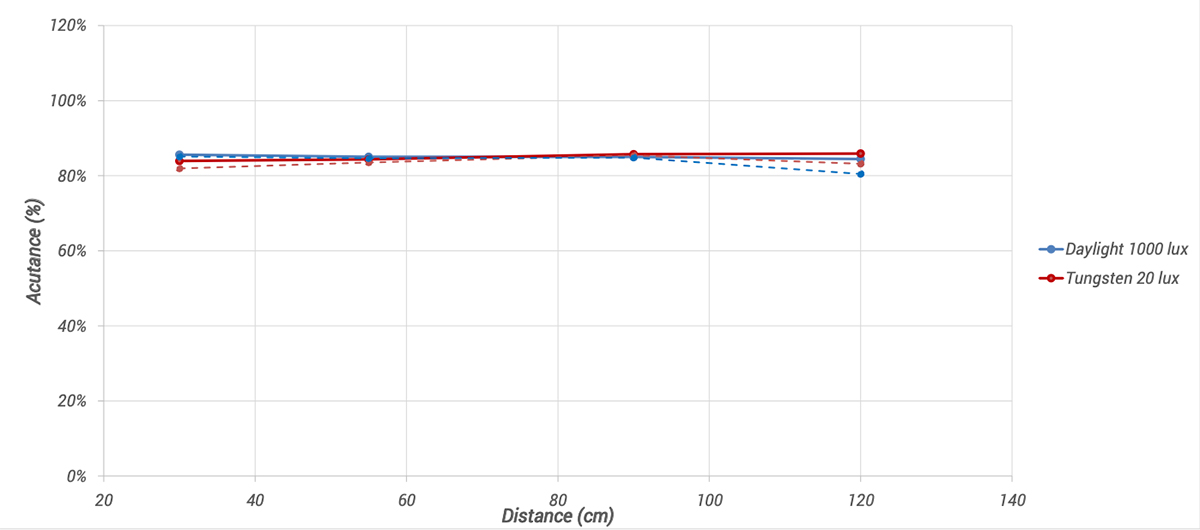


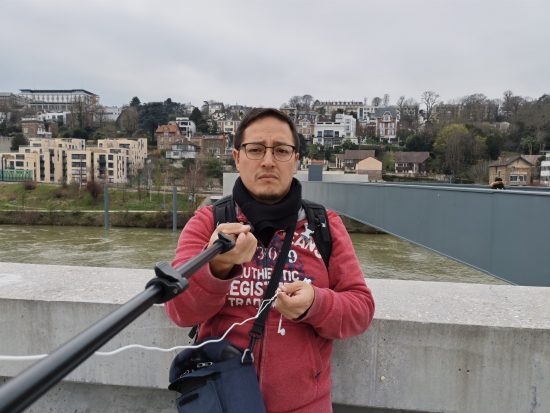





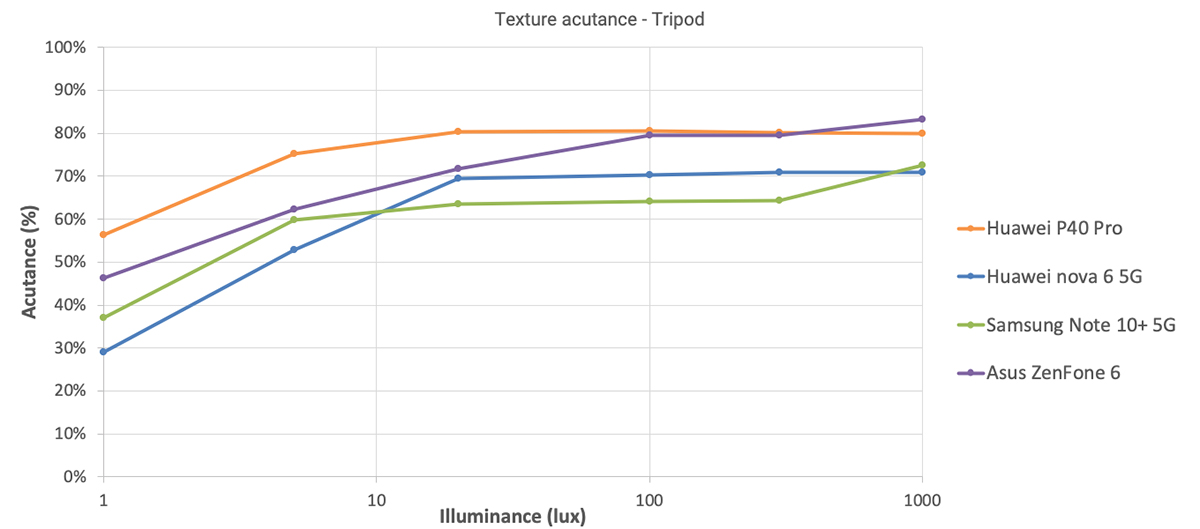



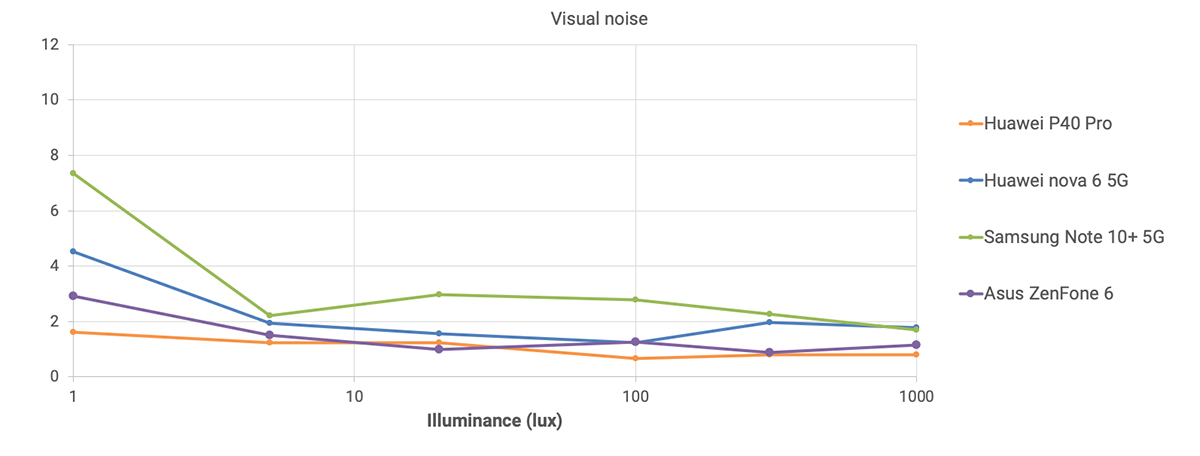



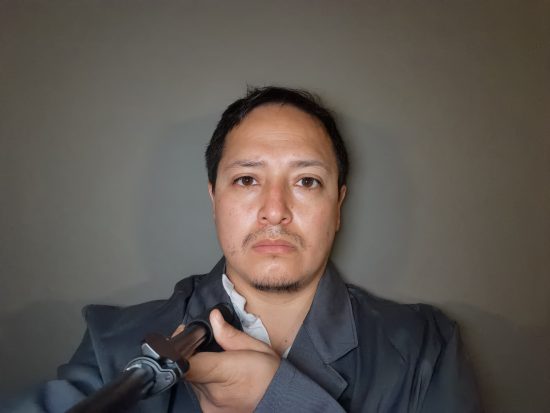


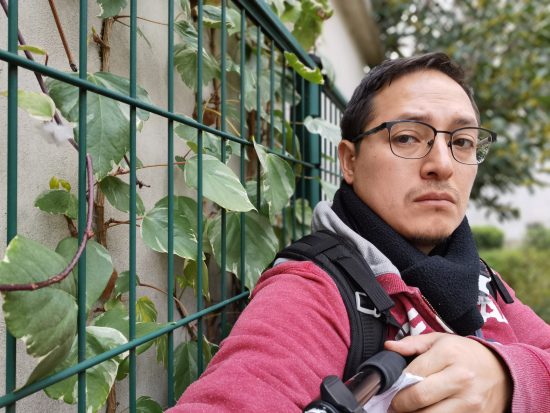
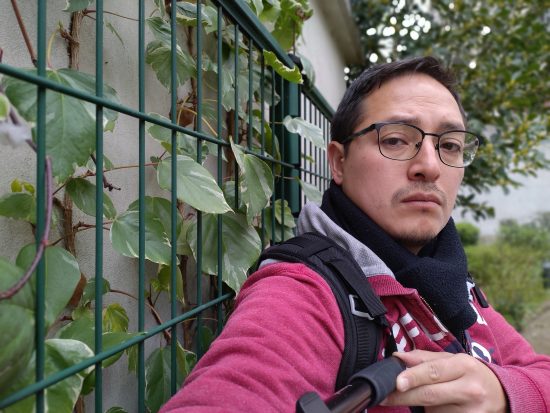



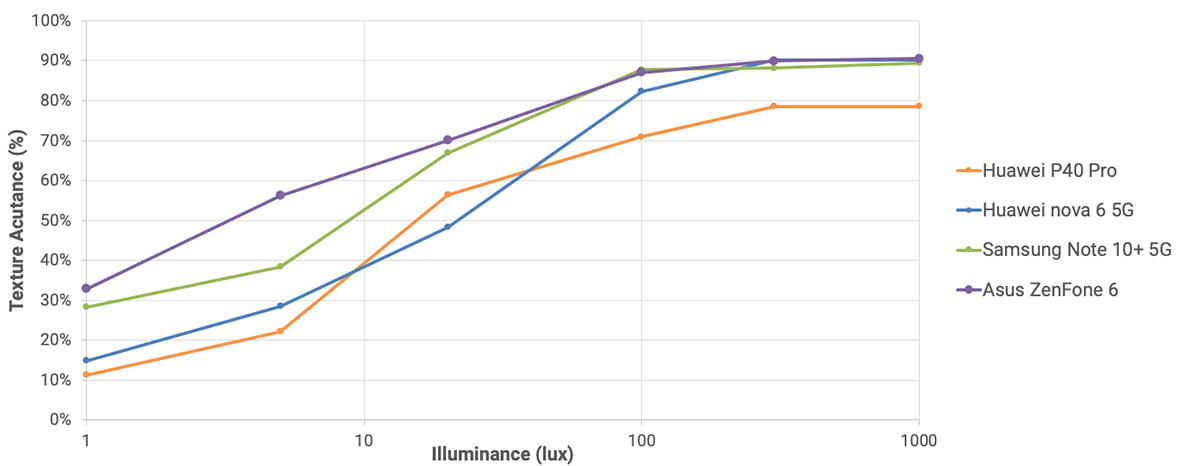
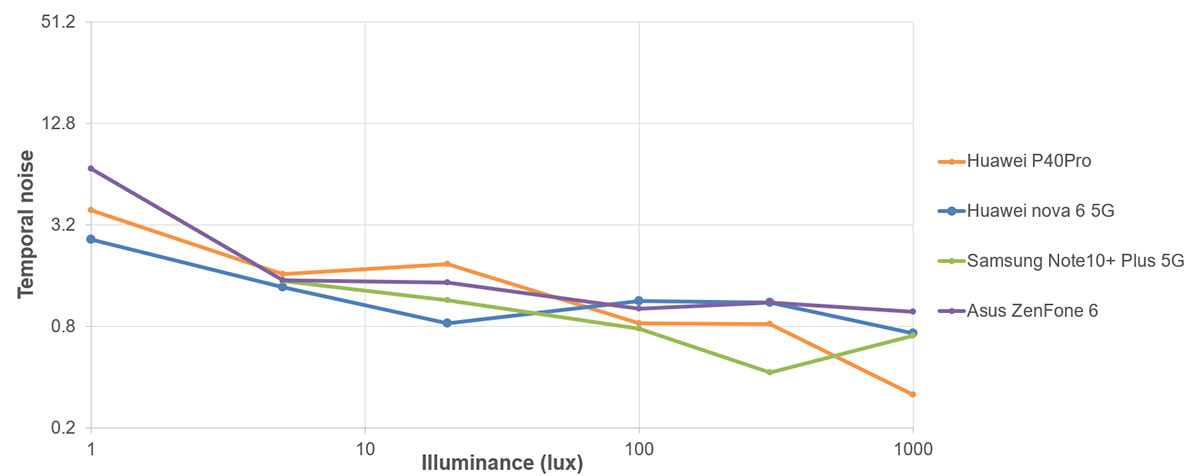
DXOMARK encourages its readers to share comments on the articles. To read or post comments, Disqus cookies are required. Change your Cookies Preferences and read more about our Comment Policy.